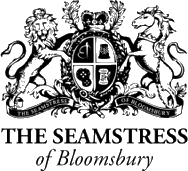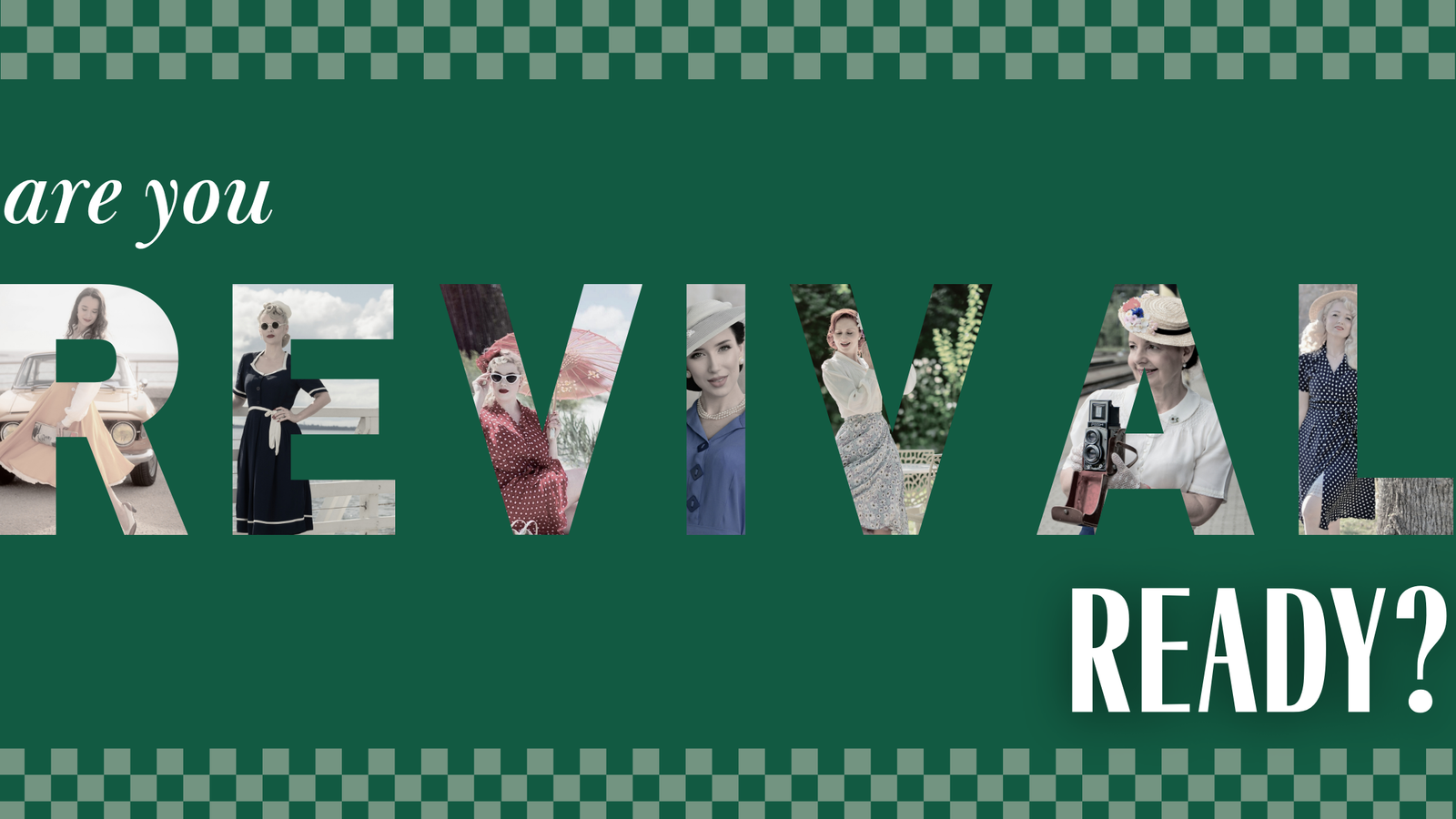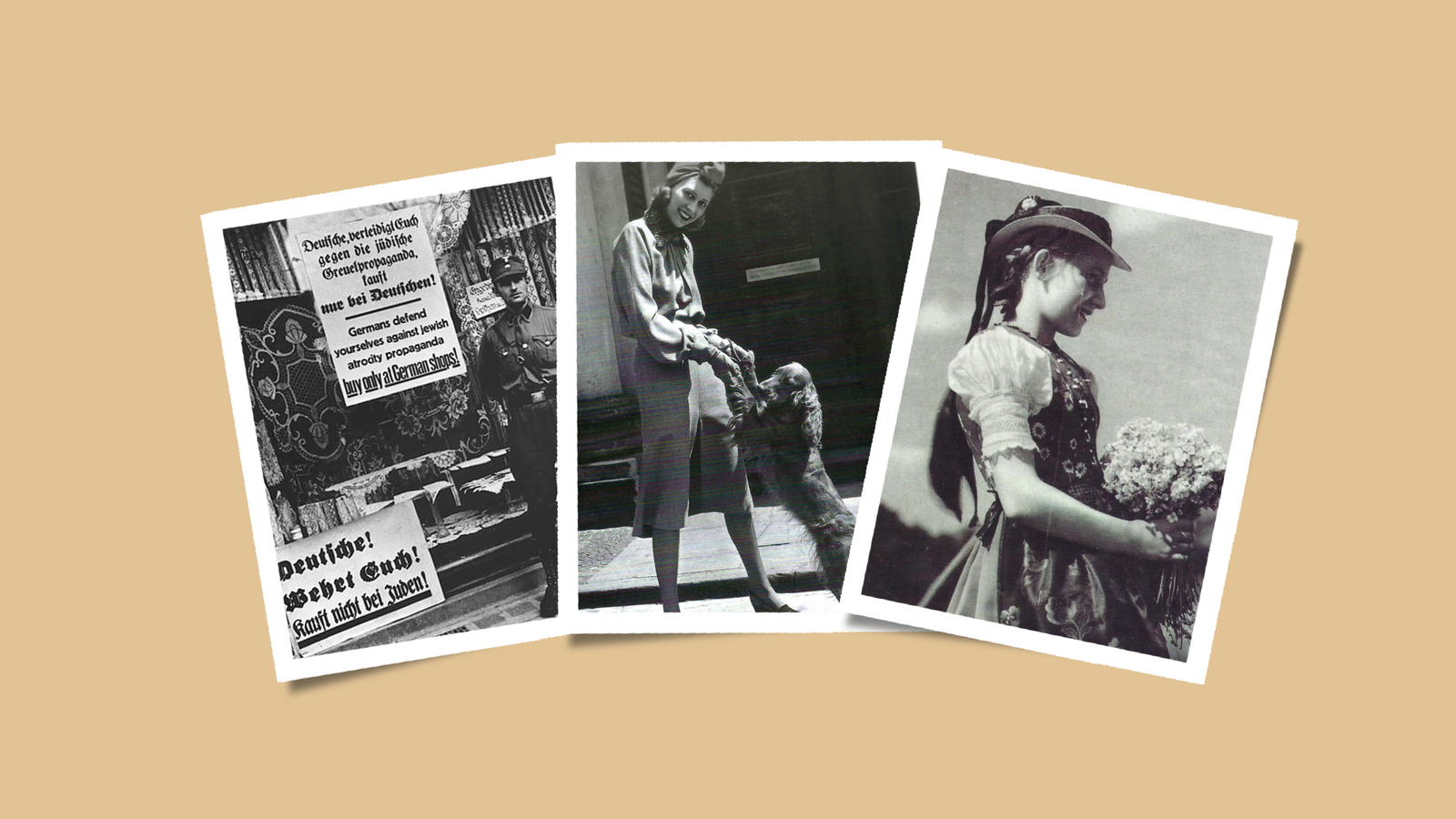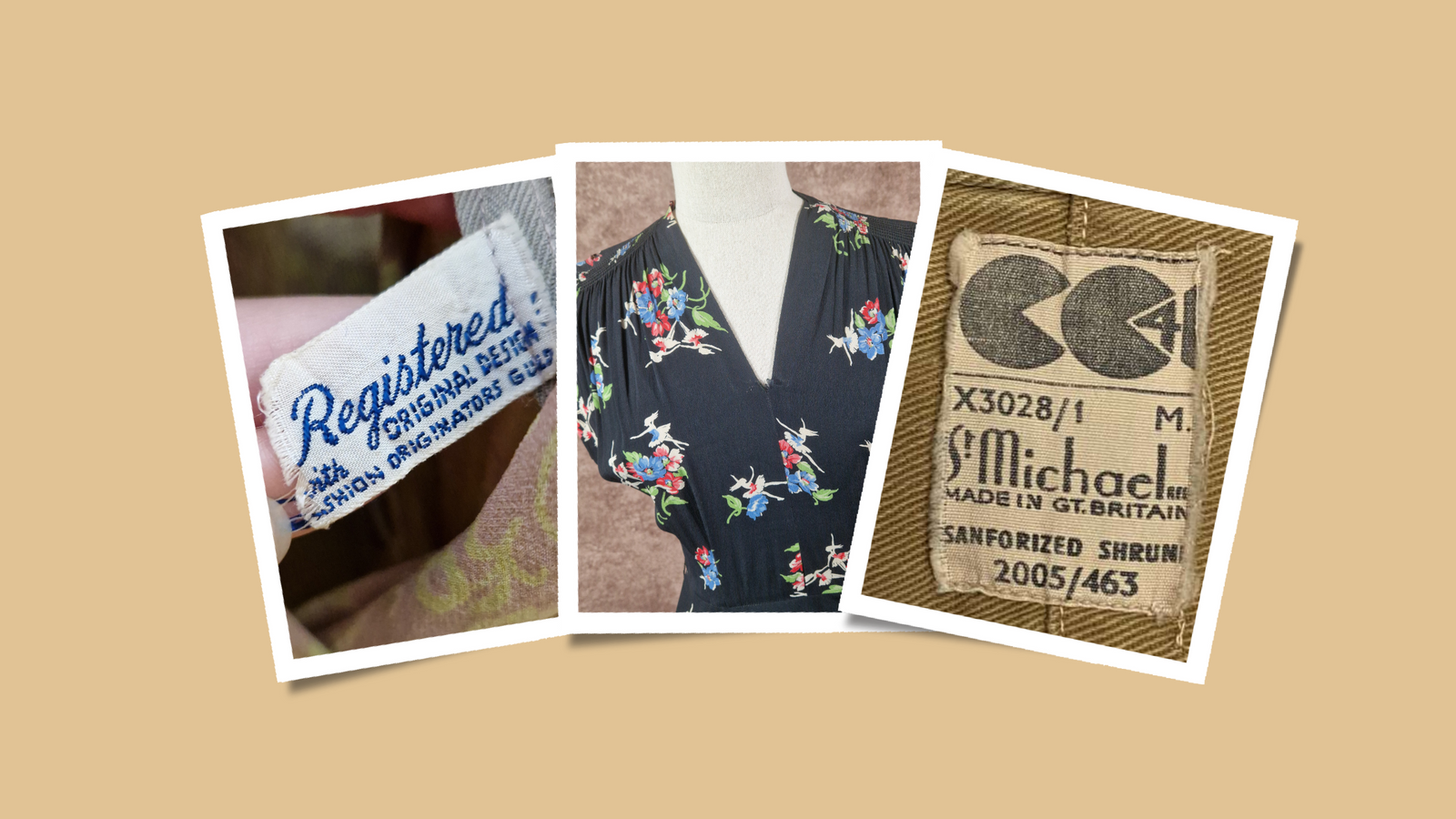Looking back at how people dressed in the 1940s you could almost forget that there was a world war happening!
Throughout the 20th Century, fashion has been incredibly important for those wanting to express themselves, dress as fabulously as possible, and keep up with the latest trends. Even two world wars could not deter people around the globe from wanting to look their best!
Fashion has certainly endured through times of conflict, and although it wasn't always easy, so many found a way to keep looking as stylish as possible. The 1940s would see rationing for food and clothing and would revolutionise the fashion industry for generations to come. But what was fashion rationing, and how did it affect the fashion world in the UK?
When the British government announced that the country was in a state of war in 1939, many didn't even consider that their fashion choices would drastically change. The government almost instantly cracked down on things such as raw materials (including fabrics and textiles) to make sure that the country had a large enough stockpile to last throughout the war. All materials from the rubber to make vehicle tyres to the fabric used to make ladies stockings would need to be reserved, after all no-one knew how long the war would last.
Two years into the war in 1941 it was decided that the country must put in place plans to continue to maintain the reserves of raw materials. The first of these plans: ration all fabrics!
Oliver Lyttleton, president of the Board of Trade, announced on Sunday 1st June 1941 that all clothing would be rationed. This would be like the already existing food rationing system. Lyttleton and the Board of Trade made their announcement just before a Bank Holiday Monday, allowing them to strategically brief retailers on all they needed to know about the rationing system and how to advise the public.
Information was quickly distributed regarding the rationing, and people would be given a book of coupons that could be used towards purchasing new garments. The number of coupons needed to purchase something would differ depending on what you wanted to buy. If you wanted to buy a pair of stockings, for example, you would have to hand over 2 coupons plus the retail value in cash.
At first, there was a maximum of 66 coupons given to each individual and these were supposed to last for a year - this quickly restricted those who liked to splash out on their wardrobes!
Retailers and the government worked together to remind the public that they needed to be frugal with their coupons to make them last for the year, asking them to take into consideration the change of seasons and weather to ensure that they choose the best garment to last them for the entire year.
Unfortunately, there was an inequality issue with the coupon system which would see those in the lower social classes struggling to get good quality clothing. Each garment that was sold, whether it be a dress or a pair of underwear, would have the same standard coupon cost but that didn't determine the cash value cost. This meant that those well off could purchase a very high-quality garment that would last a long time, yet those struggling would have to give in the same number of coupons for an inexpensive garment which wouldn't last very long.
And what about growing children? Surely it would have meant that parents/guardians were at an unfair disadvantage? Fortunately, there was some help available for those with children!
New mothers were given an extra 55 stamps, almost doubling their allowance, to ensure that they would have enough coupons to keep their new baby clothed and warm. However, if you weren't a new mother but had a child under your care you would be given an extra 10 coupons.
British schools didn't make it much easier for parents/guardians either. Across the country schools downright refused to relax their strict uniform rules, with the idea being that even with a war the country had a duty to maintain appearances.
Advice given out to parents was to buy their children's uniform several sizes larger than needed, and over time the child would grow into the larger clothes. Instructions and information were distributed on how to adjust large garments to fit smaller children, as well as how to adjust the garments to fit the child as they grew.
With the years passing and the war still progressing, the government was concerned again over the reserves of fabric and textiles. Fashion rationing had reduced the demand for fabric and clothing, but something else had to be done to ensure that reserves didn't run dry.
The famous "Make Do and Mend" campaign was rolled out around the country and encouraged the public to repair and mend their current clothing, pushing the idea that you should make your clothes last just that little bit longer to help the country. Posters and pamphlets made the rounds in the public, instructing on how to repair clothes, how to avoid pesky moth damage to woollen clothes and the best practice for caring for specific fabrics which helped people remain both frugal and stylish in wartime.
(Credit: Em Kuntze, medium.com)
Not everyone was happy with this at first, with many not a fan of being told to repair the huge hole in their shirt with a spare tea towel instead of getting a new garment. However, many soon relished in their newfound freedom and creativity! People found a way to turn the smallest of fabrics and household items to create their own stylish outfits and accessories.
To go hand in hand with the Make Do and Mend campaign, a new clothing range was introduced called "Utility Clothing" in 1942. Doing what it says on the tin, Utility Clothing was intended to be well-designed and of high quality which would be affordable for everyone in society and be suitable for everyday wear. The challenge for this scheme was making clothing that both the public and retailers would find attractive - after all, no one wanted to wear hideous clothing, and it would have certainly damaged the strong war-time spirit and appearances in British communities.
The government banded together with high-end fashion designers through the Incorporated Society of London Fashion Designers to come help create surprisingly varied garments which were affordable yet stylish. Big names including Digby Morton and Hardy Amies helped with the designing of this range, instantly making the clothing more appealing and desirable to the public. This was also the first time that high-end fashion designers were making for the mass market and would set a precedent to follow long after the war.
The Utility Clothing Scheme ended way after the war had concluded in 1952. However, the clothing had given the public new confidence which saw demand in value for money, as well as introducing higher standards in materials and manufacture within the fashion industry as a whole.
Fashion rationing finally finished in March 1949. Looking back, many changes and restrictions brought about by the war had such a longstanding impact that we continue to be inspired and imitate the style and fashions of the 1940s!






Layne Brosius
October 18, 2024
I always wondered how plus sized women handled the clothing and fabric rationing.